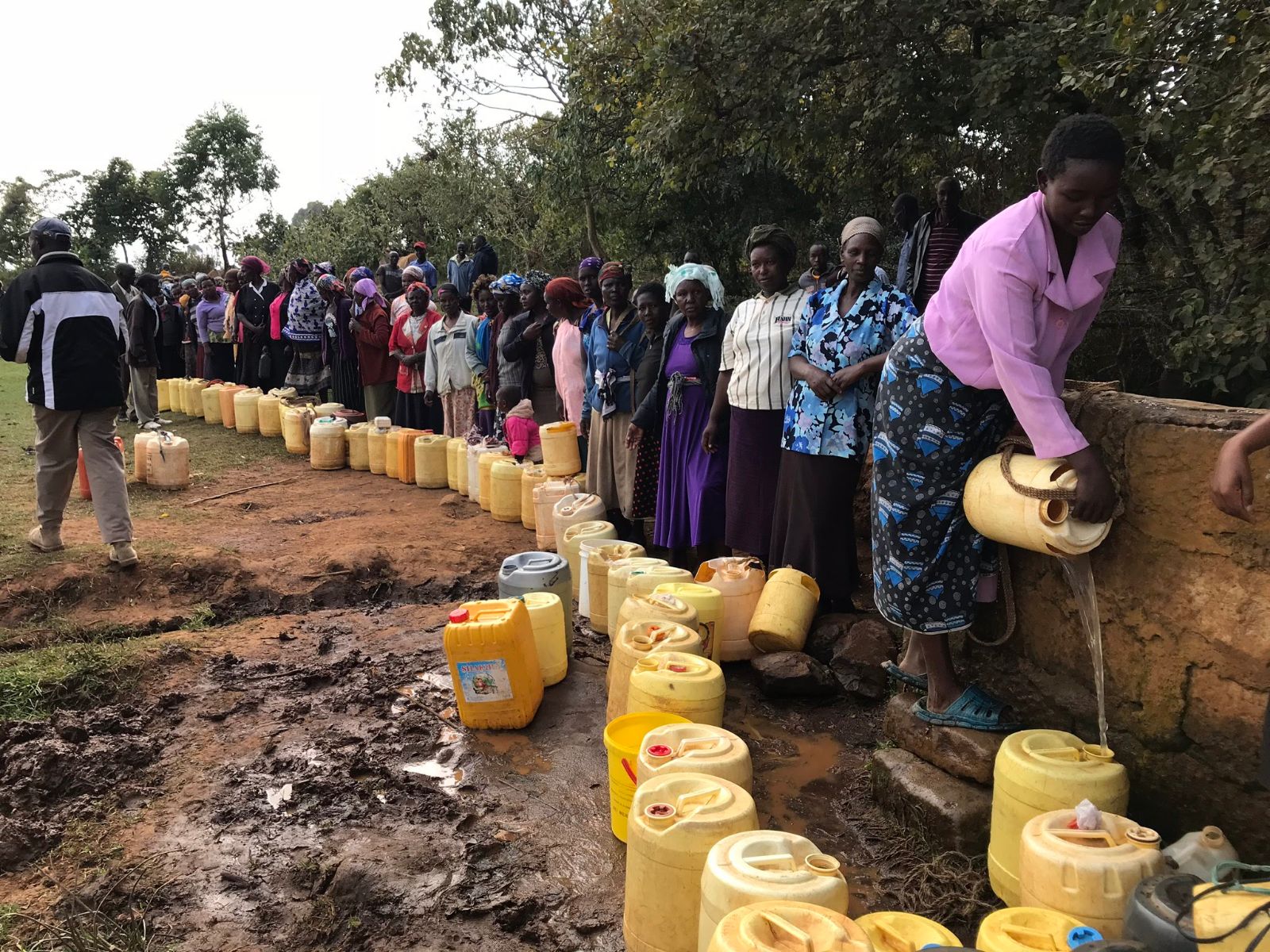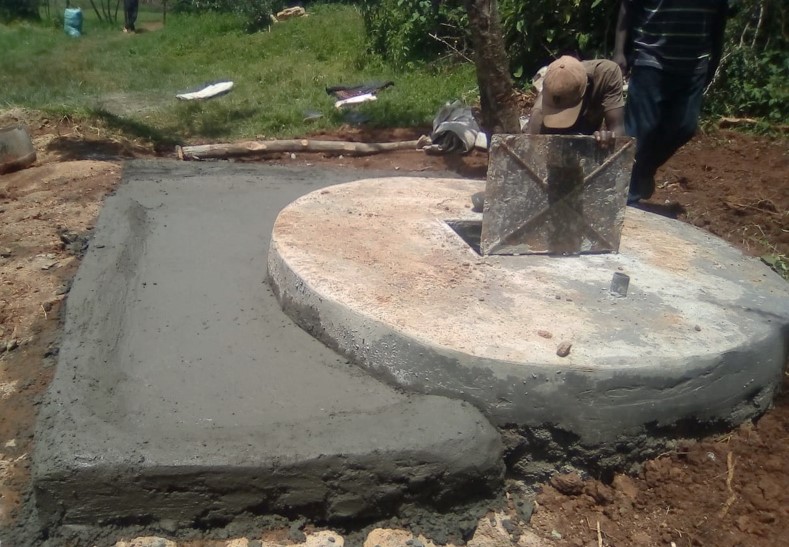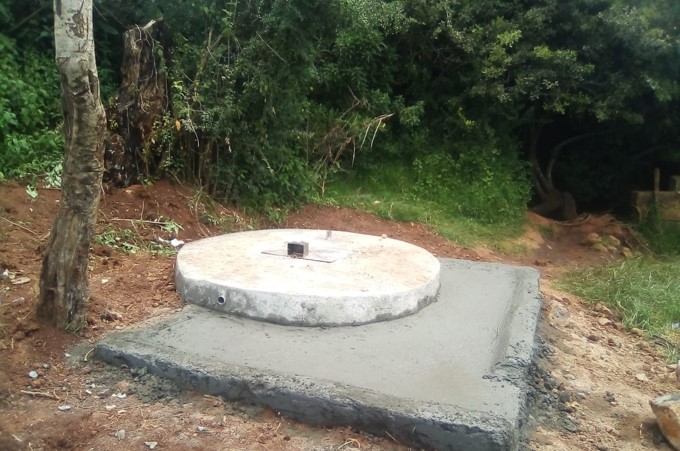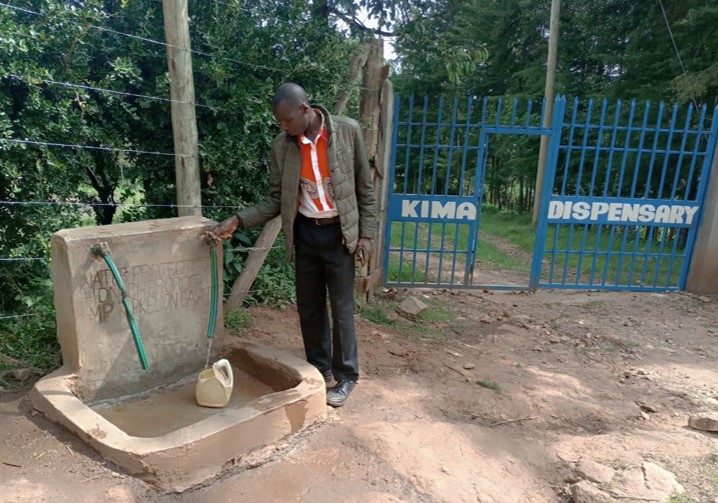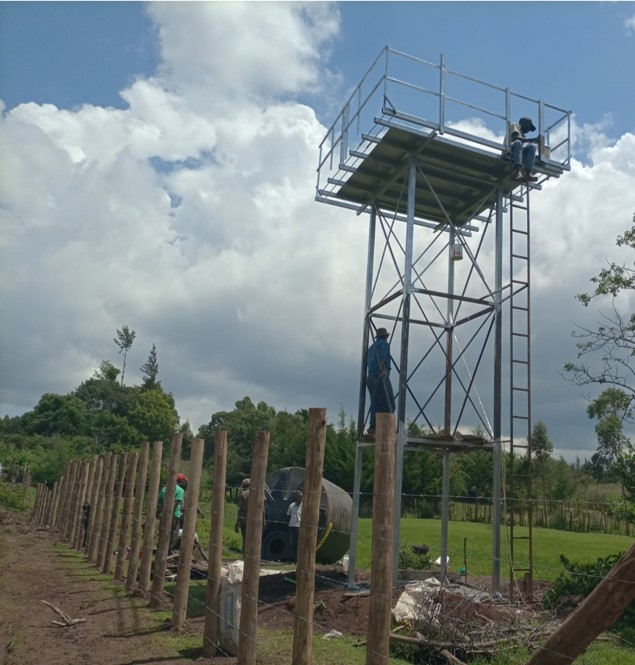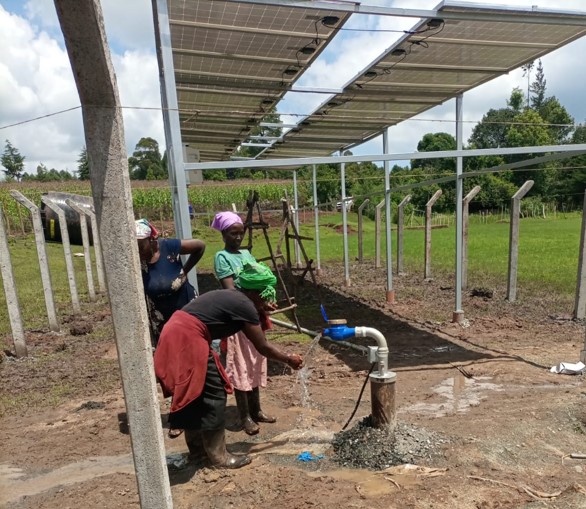LOCATION:
Kimaut, Kericho County, Kenya
Approximately 170 miles (275 km) northwest of Nairobi, and 75 miles (120 km) east of Kisumu.
COMMUNITY DETAILS:
Kimaut is a community of approximately 5,000 people. Severe drought throughout the past decade has dried-up many area water resources, with community members lacking access to sustainable, clean water. Otherwise the community currently utilizes several small springs and open-well sites, in addition to small-scale unimproved rainwater harvesting, as the primary sources of drinking water.
Many of these sources are susceptible to drought and are highly-frequented by livestock animals, resulting in an apparent contamination of the sources and a high level of waterborne illnesses within the community. Additionally, most water sources are not centralized to community and often require individuals to travel several miles over the course of several hours to obtain water. The journey to collect water can often leave individuals physically exhausted and vulnerable to assault or attacks by animals along the way.
When there is adequate water supply, the community raises its own livestock and grows all of its own food, with the primary source of income being maize. The recurrent droughts have destroyed livelihoods, resulted in illness and death, triggered local conflicts over scarce resources, and eroded the ability of communities to cope. Families are on the move, which poses protection risks for women and children.
A centralized, sustainable, source of clean drinking water would not only go a long way in providing a clean source of water with the potential to minimize waterborne illness, but could also improve the safety and productivity of those who obtain the water.
PROJECT SUMMARY:
To address the drinking water needs of the community, the project will be split into various phases, with each phase intended to address an aspect of the overall project.
This program’s first phase focuses on addressing the community’s water shortages while providing educational resources regarding hygiene, operations and maintenance for the community to sustain such a project long-term. A centralized, sustainable, source of clean drinking water will not only go a long way in providing a clean source of water with the potential to minimize waterborne illness, but could also improve the safety and productivity of those who obtain the water.
A secondary, and equally important, phase throughout the program will be an educational focus to provide the community knowledge and tools regarding water, sanitation, and hygiene (WASH) practices so that they may put into practice such concepts to aid in decreasing current rates of waterborne illness.
The overarching goal of the program is to empower this community, through active project participation, with the tools and education needed to create and sustain an environment for clean water access and usage.
Following completion of the goals of the program the team will evaluate, with the aid of the Kimaut community, other potential needs and projects within the community.
PROJECT ADOPTION DATE:
July 2017
PROJECT STATUS:
Active – Ongoing Assessment, Design & Remote Implementation
The team carried out two trips to Kimaut, in January 2018 and August 2019, to better assess the water infrastructure needs of the community and potential sustainable solution(s).
The first phase of project implementation was carried out remotely in 2020 and 2021 due to the global pandemic with the support of the Kimaut community and local NGO & project partner Brighter Communities Worldwide. This phase consisted of the construction of a new cistern to facilitate additional storage from an existing water source (spring box) in the community. To support a more efficient retrieval of water from the cistern, several handpumps were mounted on top of the cistern. The cistern was completed in November 2021 and by all community accounts remains a helpful addition to the community in the dry season.
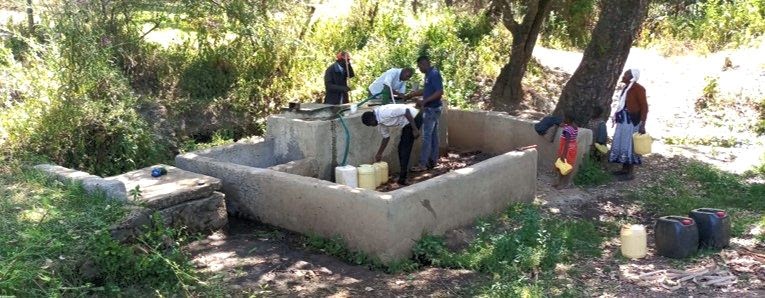
Kimaut community members drawing water from the new cistern. The original spring box is visible on the left side of the image foreground.
In 2023 an additional phase of project implementation was remotely carried out to develop a new hand dug well as another community water source. The Kimaut community and Brighter Communities Worldwide led this effort as the EWB-Houston team provided development input and guidance. A well was dug to a depth of 24.5-feet, at which level the community encountered immovable boulders. The well was capped with a housing and surrounded with a concrete pad to minimize the potential for contamination and to allow safe water withdrawal.
Later in 2023 the regional government unexpectedly developed additional drinking water infrastructure (shallow borehole, water spigots, and additional water storage) in key locations throughout Kimaut. Following completion of these additions, the project team used 2024 to focus primarily on fundraising for further implementation and on continued discussion with the community around any potential remaining need for further drinking water infrastructure.
The project team looks to travel later in 2025 to monitor prior implementation work (cistern – 2021/2022; hand dug well – 2023), as well as the team will conduct additional remote assessment (hydrogeological surveying) to determine the viability and utility of a deep borehole in the community.
The team is actively looking for support on all fronts. We need volunteers (engineers and non-engineers, alike), interested donors, and supporters to help us spread the word.
Please contact us using the button below to find out how you can help us provide the Kimaut community with a sustainable source of clean water! Additionally, you can visit our EWB Kenya Project Facebook Group, our team LinkedIn, or follow us on Instagram for project updates!
TEAM LEADS:
- Terry Applegate, PE – Project Co-Lead
- Matt Bosch – Project Co-Lead

